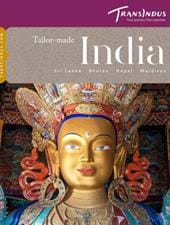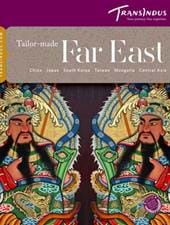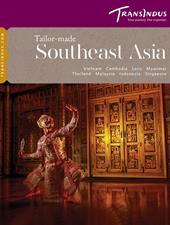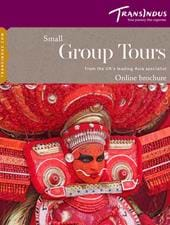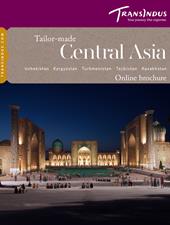If one sight could be said to sum up the austere beauty of India’s Trans-Himalayan region, it’s the classic view of Kyi monastery, its conical cluster of red-and-white buildings rising above a carpet of barley fields and silver streams on the valley floor, against a backdrop of saw-tooth mountain ridges.
Kyi is the defining landmark of Spiti – a region described in ancient texts as “the Middle Land” for its position between India and Tibet. Locked behind a series of high passes, it’s remote, sparsely populated, and shares a similar Tibetan-influenced culture to Ladakh.
The landscape is breathtaking throughout. The turquoise river Spiti snakes through terraces of vivid green barley, below villages perched on natural balconies surveying vast scree slopes. Shreds of snow cling to the jagged peaks that rear on all sides, even at the height of summer – a fabulous backdrop for the numerous Buddhist monasteries that survive in the region.

